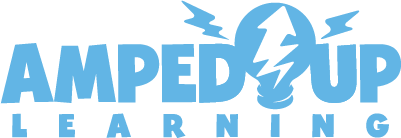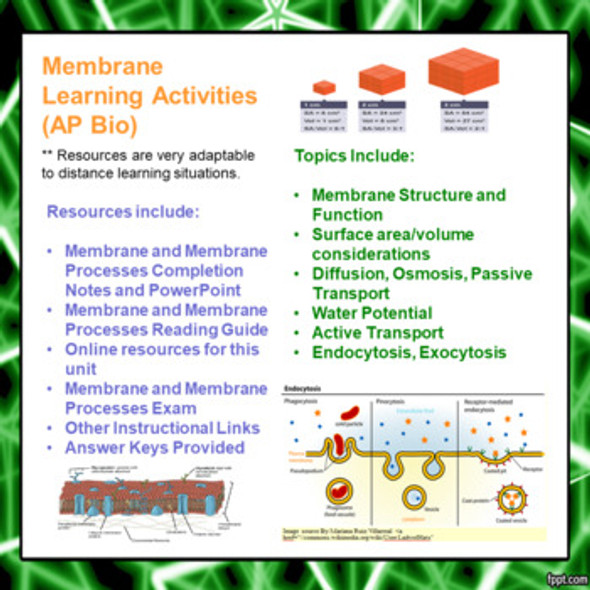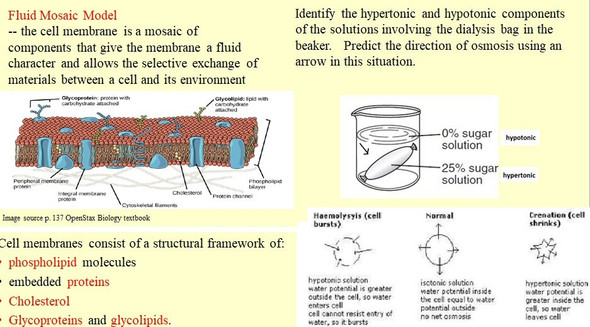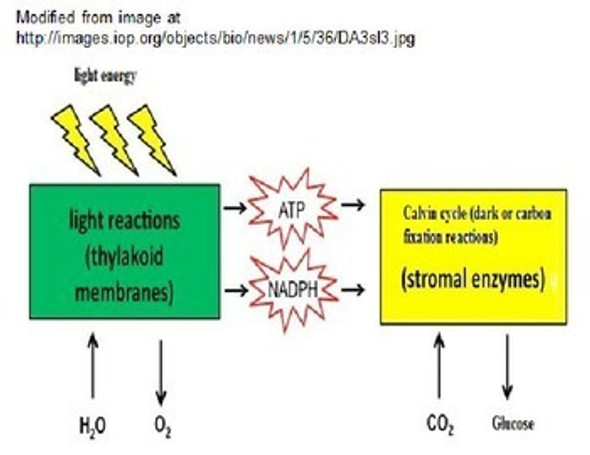Description
This zip file contains 11 different activities which can be used to compose a unit for biology students introducing them to basic concepts about the structure and processes of cell membranes. While these lessons were originally designed to correlate to the performance indicators of the New York State Living Environment/Biology curriculum, the components of this lesson may be easily used in other biology courses as well. Topics such as basic membrane structure, diffusion, osmosis, active transport and applications of these processes are addressed. Specifically the packet contains the following items with all files except the PowerPoint posted in both pdf and word format for easy edit for specific teacher needs. Many of these activities are easily adaptable for use in distance learning settings.
Contents:
-- Marzano self assessment scale for students specific to this unit
-- Common Core, NGSS and NY State Living Environment Core Curriculum Correlations
-- Cloze completion notes handout for students with learning goals
-- 40 frame PowerPoint to accompany the cloze notes which includes two sets of embedded bell ringer questions with answers
-- Membrane Processes worksheet 1 with key (contains 13 multiple choice and written response questions)
-- Membrane Processes worksheet 2 with key (contains 18 multiple choice and written response questions)
- Membrane Processes Practice quiz for students with key
-- Membrane Processes Quiz with key containing 20 questions involving multiple choice and written responses
-- 13 question membrane processes crossword puzzle with key
AND 3 labs relating to these topics as described as follows:
-- The Diffusion Lab introduces the student to the concept of diffusion and is an activity that in various formats has stood the test of time. Students deduce and learn that small molecules like iodine and glucose can pass thorough a semi-permeable membrane while large ones can not. Students will collect data and then answer 17 questions requiring both written responses and multiple choice format answers. The last page of this seven page lab lists possible suppliers for the relatively inexpensive materials required for this lab.
-- The red onion osmosis activity is a simplified version but an earlier and different version of the lab required in the Living Environment course in New York State. This six page lab activity requires students to view red onion epidermal cells in a tap/distilled water and then in a salt water solution. Students will be required to draw their observations and then answer 12 conclusion questions requiring labeled drawings, written responses, as well as multiple choice format answers.
-- The Sucrose Solutions and Osmosis Lab and Common Core Activity allows the teacher to use relatively inexpensive materials to study the process of osmosis in a qualitative and quantitative manner. The introduction to the lab provides reading on concepts pertaining to osmosis, including hypertonic, hypotonic and isotonic solutions with illustrated graphics for visual learners. The lab activity involves using simple materials including sucrose solutions of different concentrations to measure mass changes and determine the identity of an unknown sucrose solution. The students will be required to record and graph the collected data. This is then followed by 10 questions requiring written responses to assess student learning.
This last lab is correlated to the NGSS standards, Common Core literacy and math standards, as well as the performance indicators for the Living Environment core curriculum. Suggested teacher instructions (and time saving/cost cutting suggestions) for this nine page activity are included on the last page of this lab and should not be given to the students.
There are 46 total pages of student materials enclosed alone and over double this when the enclosed answer keys are counted to provide many resources for teaching a unit on membrane processes.
Learning Goals
Upon the completion of this unit the student will be able to:
1. explain how cells, tissues, organs and organ systems work together to achieve function in multicellular organisms.
2. define the following terms associated with processes of the plasma membrane; diffusion, concentration gradient, osmosis, solute, solvent, permeability and semi permeable.
3. correctly label the following structures in a diagram of the plasma membrane; phospholipid bilayer, transport proteins, and receptors.
4. list three functions of the plasma membrane.
5. given diffusion and osmotic situations, correctly indicate the direction of osmotic flow and explain why this is so.
6. list two differences between passive transport and active transport.
7. explain the difference between pinocytosis and phagocytosis.
8. follow directions to use and interpret common chemical indicators such as Lugol's solution and glucose indicators.
9. design a model of a cell and relate this model to the size of diffusing molecules.
10. explain changes associated with the cytoplasm of a plant cell in distilled and saline solutions
Common Core Standards Addressed
Literacy
RST.9-10.3 Follow precisely a multistep procedure when carrying out experiments, taking measurements, or performing technical tasks, attending to special cases or exceptions defined in the text.
Math
A-CED.2 Create equations in two or more variables to represent relationships between quantities; graph equations on coordinate axes with labels and scales.
NGSS Standards
MS-LS1-2. Develop and use a model to describe the function of a cell as a whole and ways parts of cells contribute to the function.
HS-LS1-3. Plan and conduct an investigation to provide evidence that feedback mechanisms maintain homeostasis.
NY State Living Environment Core Curriculum
1.2g Each cell is covered by a membrane that performs a number of important functions for the cell. These include: separation from its outside environment, controlling which molecules enter and leave the cell, and recognition of chemical signals. The processes of diffusion and active transport are important in the movement of materials in and out of cells.
Laboratory Checklist Skills NY State Living Environment Core Curriculum
¥ Follows safety rules in the laboratory
¥ Uses graduated cylinders to measure volume
¥ Uses triple-beam or electronic balance to measure mass
¥ Makes observations of biological processes
¥ States an appropriate hypothesis
¥ Differentiates between independent and dependent variables
¥ Collects, organizes, and analyzes data, using a computer and/or other laboratory equipment
¥ Organizes data through the use of data tables and graphs
¥ Analyzes results from observations/expressed data
¥ Formulates an appropriate conclusion or generalization from the results of an experiment
Bundle and Save!
Many more biology materials are available from Monday's Rescue. The Biology/Life Science Course contains 22 units which can be used to develop a full year course. A purchase of the Biology/Life Science Course provides significant savings of over 70% compared to purchasing each of the 22 units individually. This course is available for $24.99. It contains over 900 pages of learning materials and 1500 plus PowerPoint slides.
This year long course contains the following units.
-- Life Processes and Introduction to Classification Learning Activities
-- Cell Structure and Function Lesson Activities
-- Membrane and Membrane Processes Learning Activities
-- Introduction to Biochemistry and Enzymes Lesson Activities
-- Human Nutrition Learning Activities
-- Human Circulation Learning Activities
-- Immunity Lesson and Lab Activities
-- Human Respiration Learning Activities
-- Introduction to Cell Respiration Learning Activities
-- Introduction to Human Excretion and Human Locomotion Learning Activities
-- Nervous and Endocrine Systems Lesson Activities
-- Introduction to Mitosis and Asexual Reproduction Lesson Activities
-- Introduction to Meiosis Lesson Activities
-- Reproduction and Development Lesson Activities
-- Plant Systems and Adaptations Lesson Activities
-- Photosynthesis Learning Activities
-- Plant Reproduction and Development Lesson Activities
-- Classical Genetics Learning Activities (Mendelian and Beyond Mendel)
-- Introduction to DNA, RNA, Protein Synthesis and Biotechnology Lesson Activities
-- Introduction to Evolution Lesson Activities
-- Ecology Lesson Activities
-- Human Ecology Learning Activities
-- Complete NY State Living Environment Regents Review Packets with Answers
View the contents of the whole year course in more detail at Biology/Life Sciences Complete Course
Terms of Use
Purchase of the product is for classroom use by the purchaser only. It is a violation for individuals, schools, and districts to redistribute or sell this item on the Internet or to other individuals. I do encourage you to use and edit these documents to suit your needs with your own students in distance learning environments.
This work is licensed under a Creative Commons Attribution-NonCommercial-ShareAlike 4.0 International License.


















